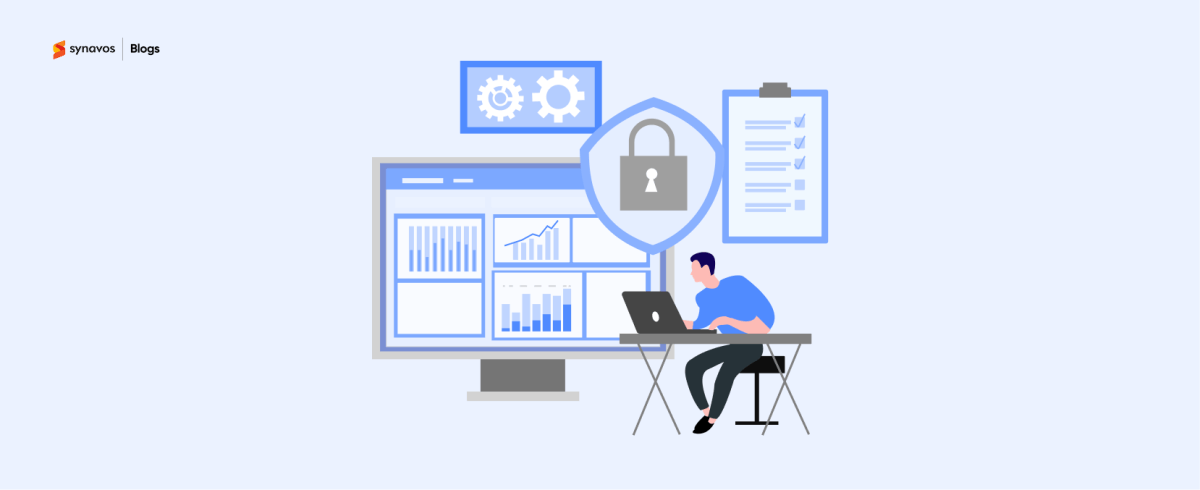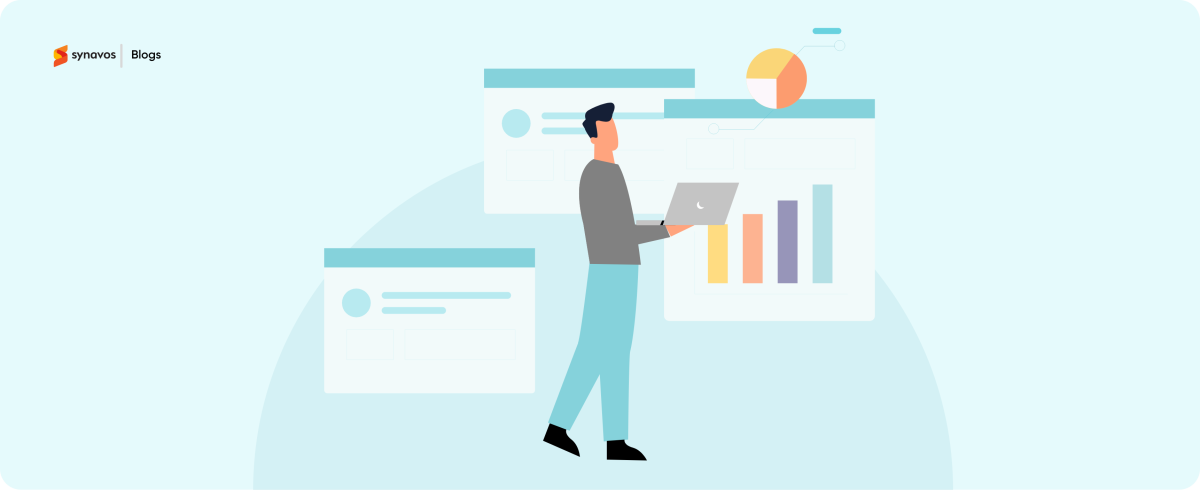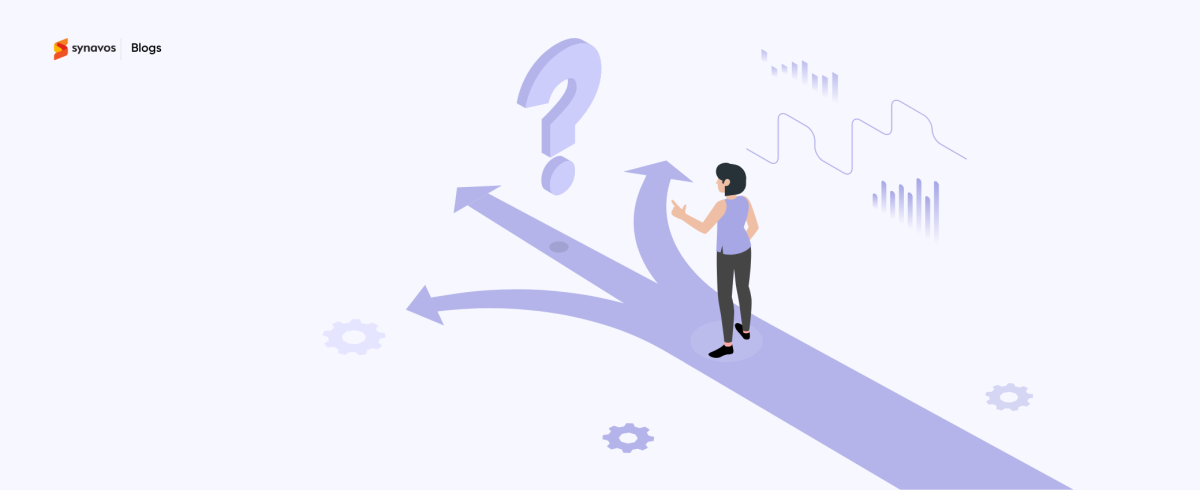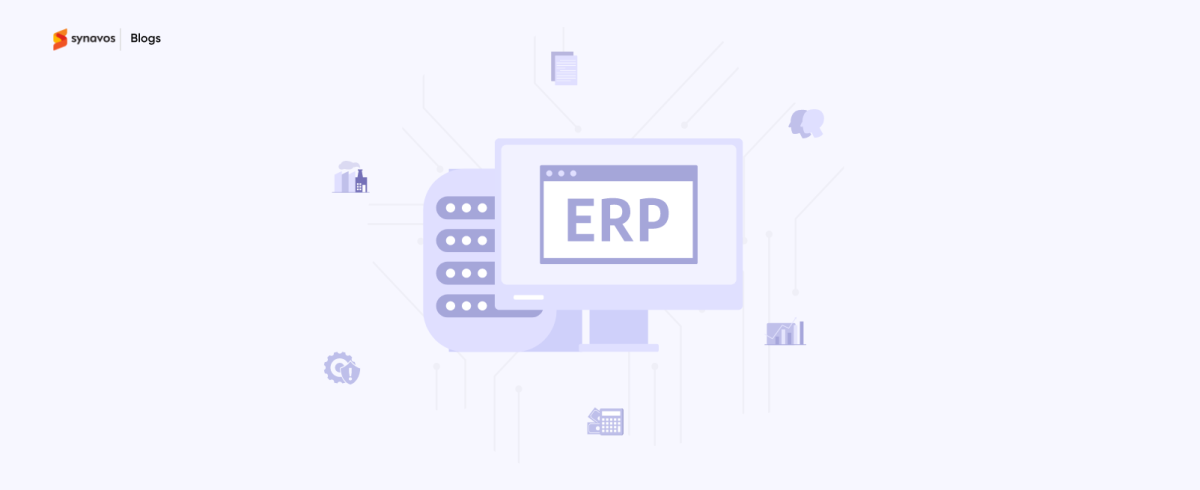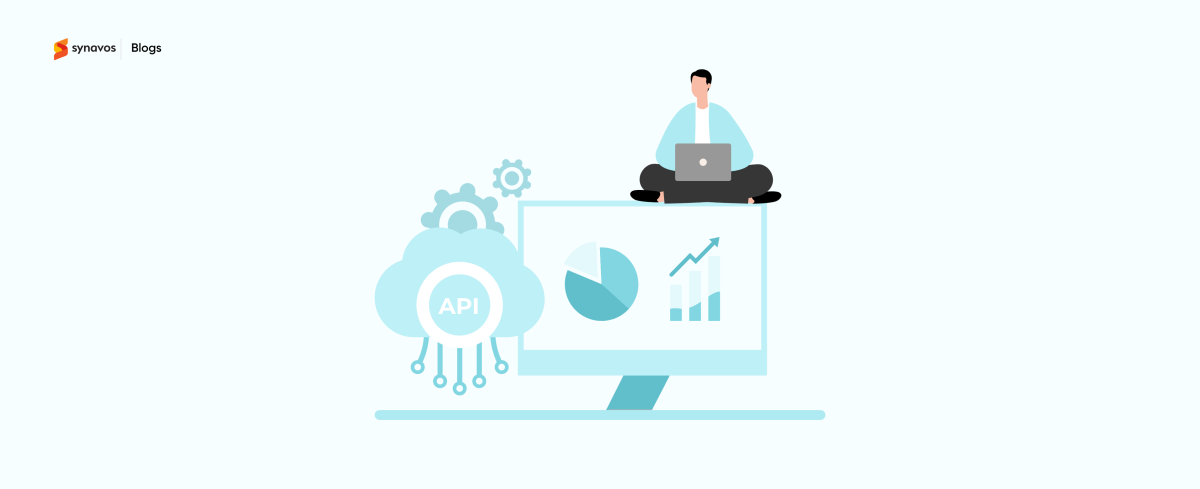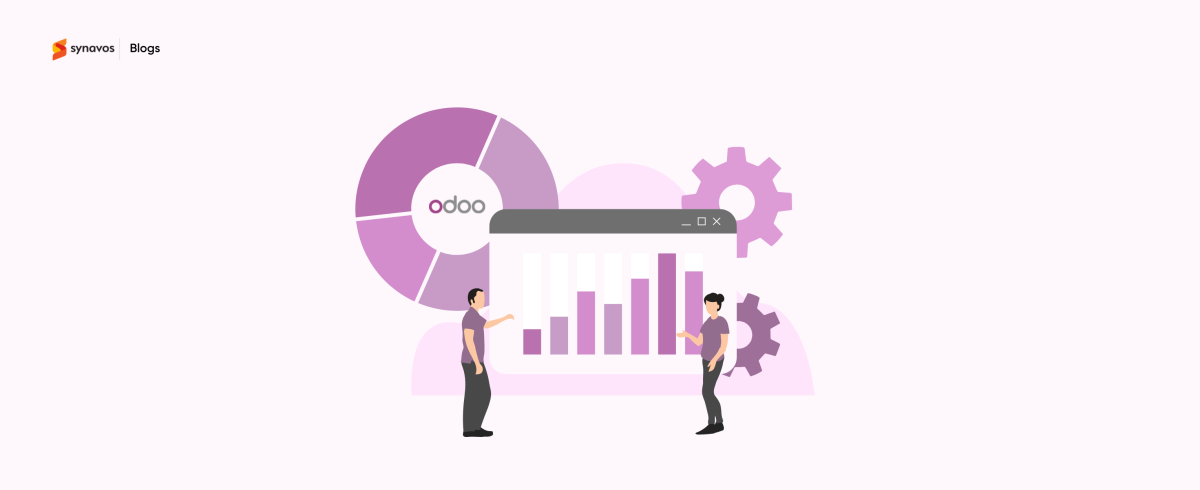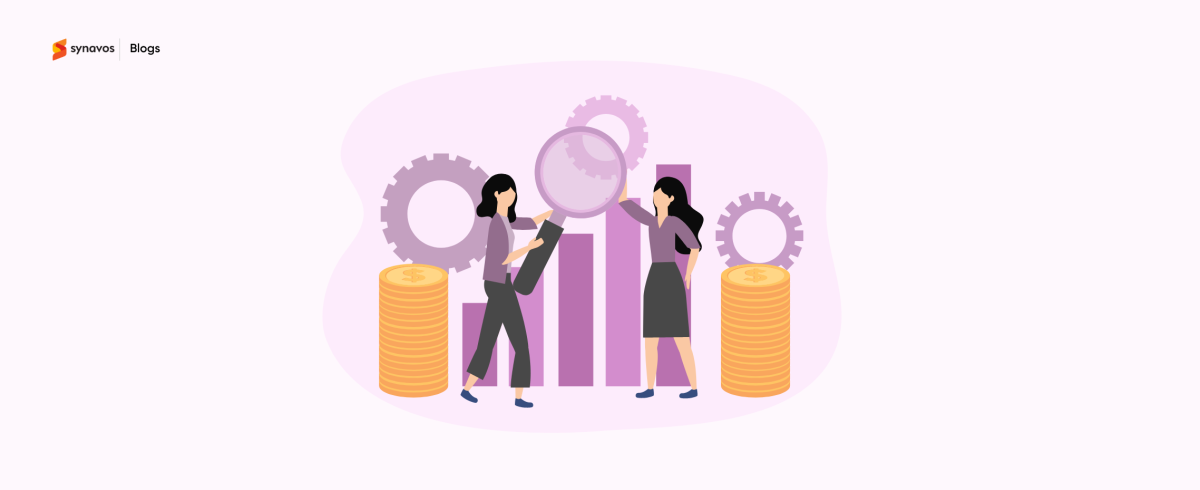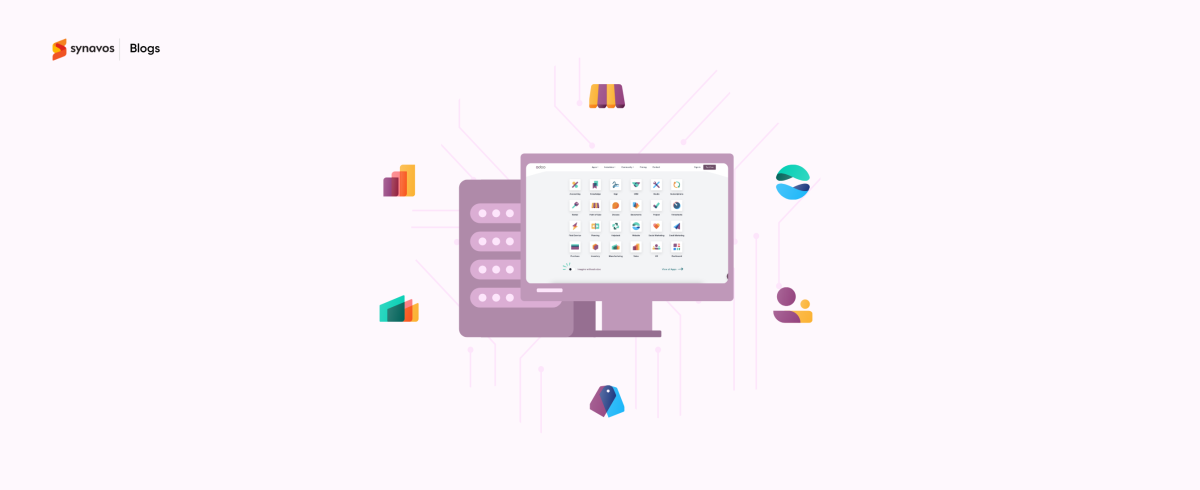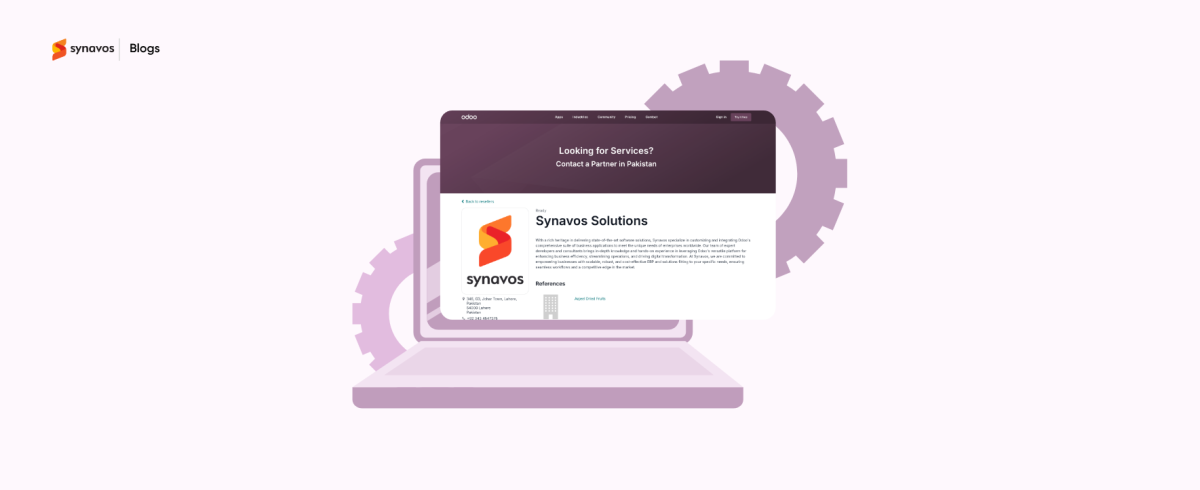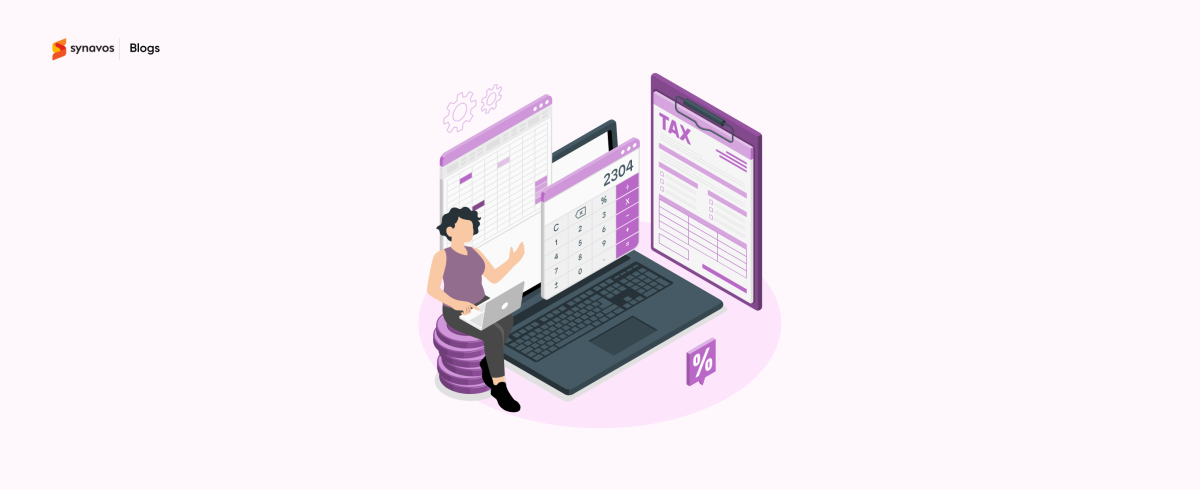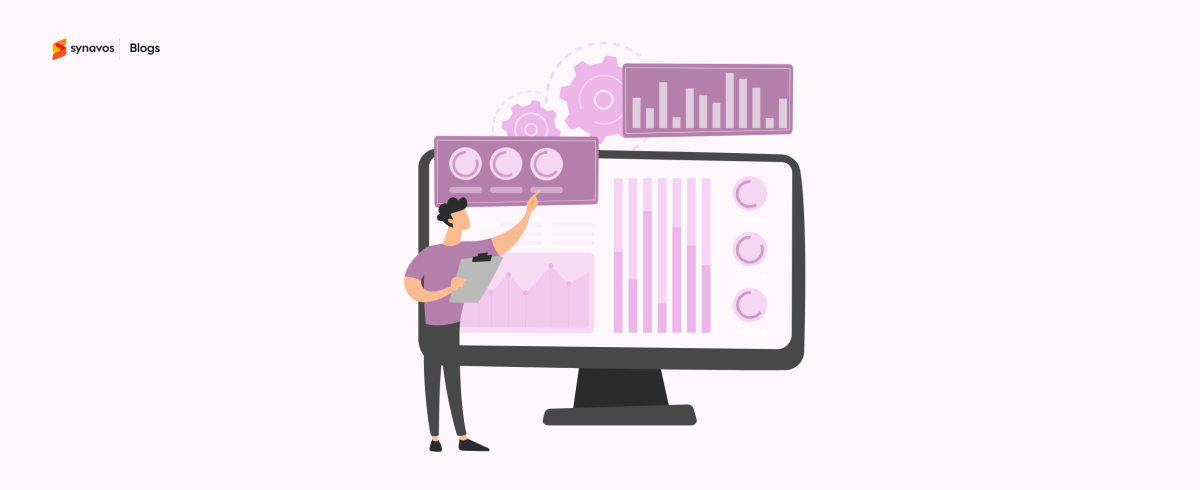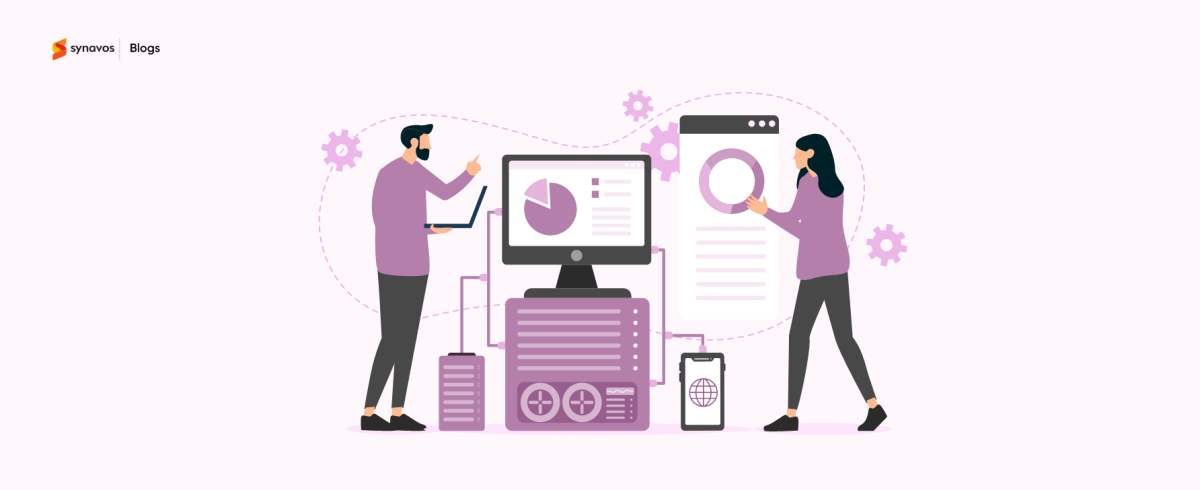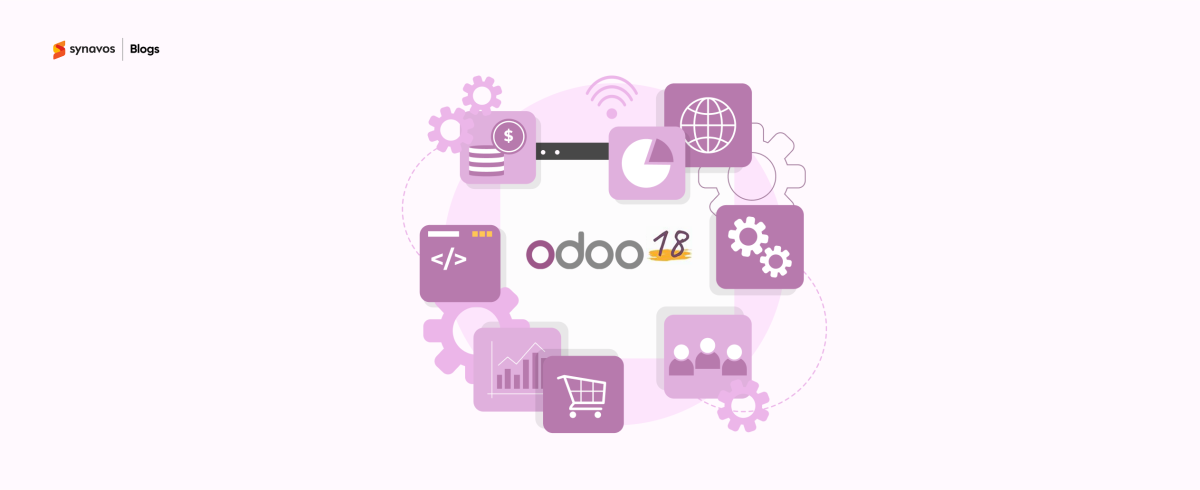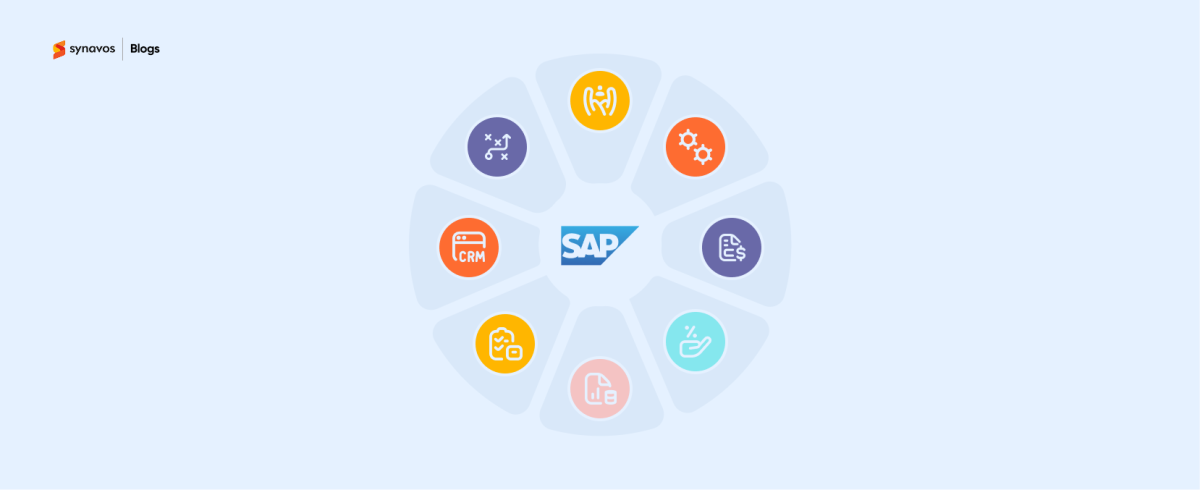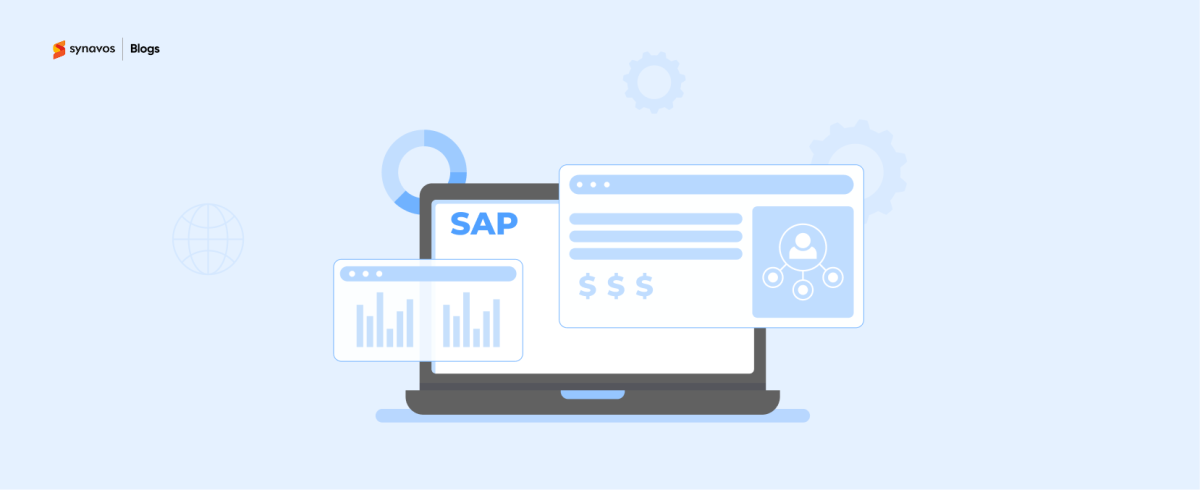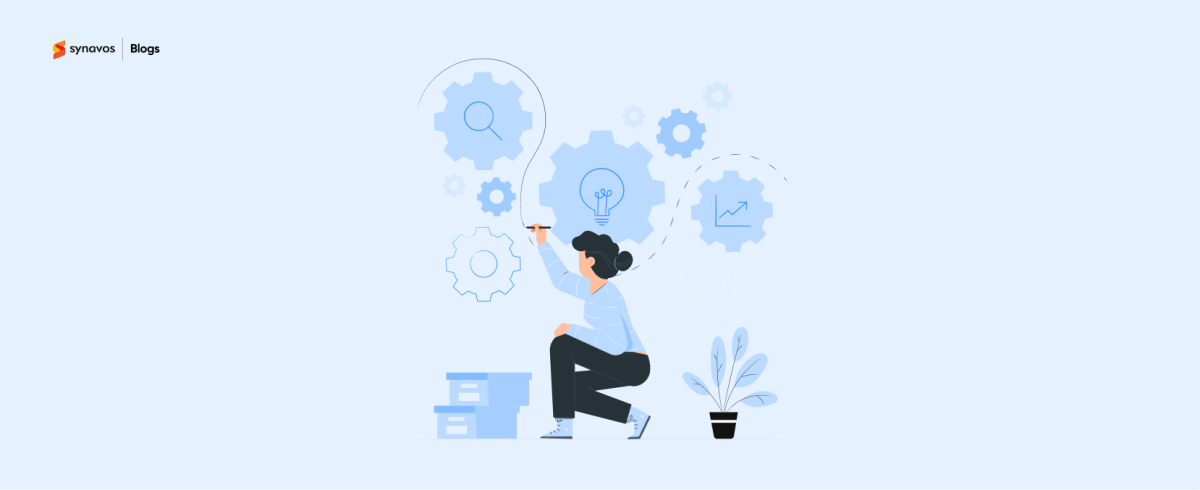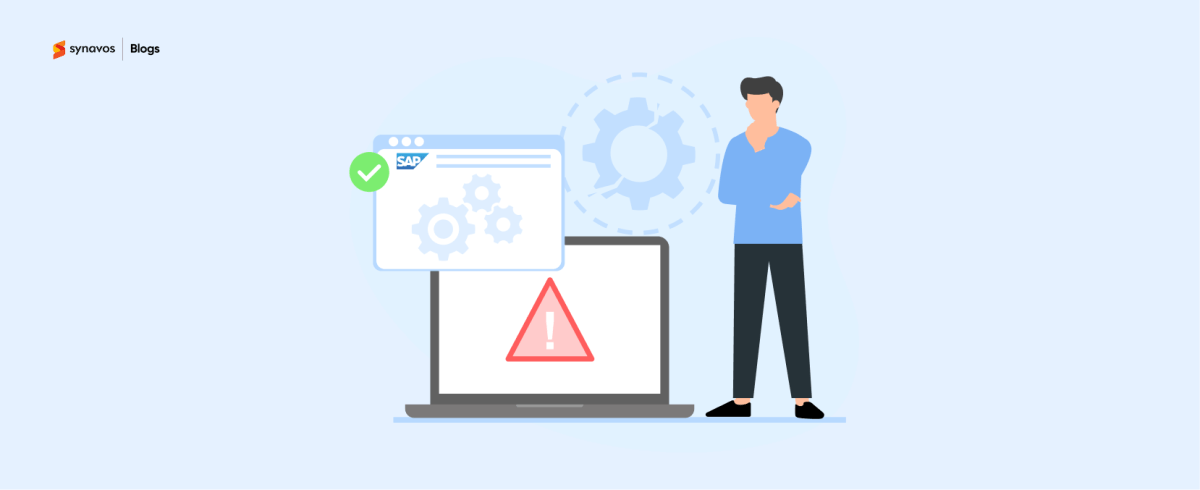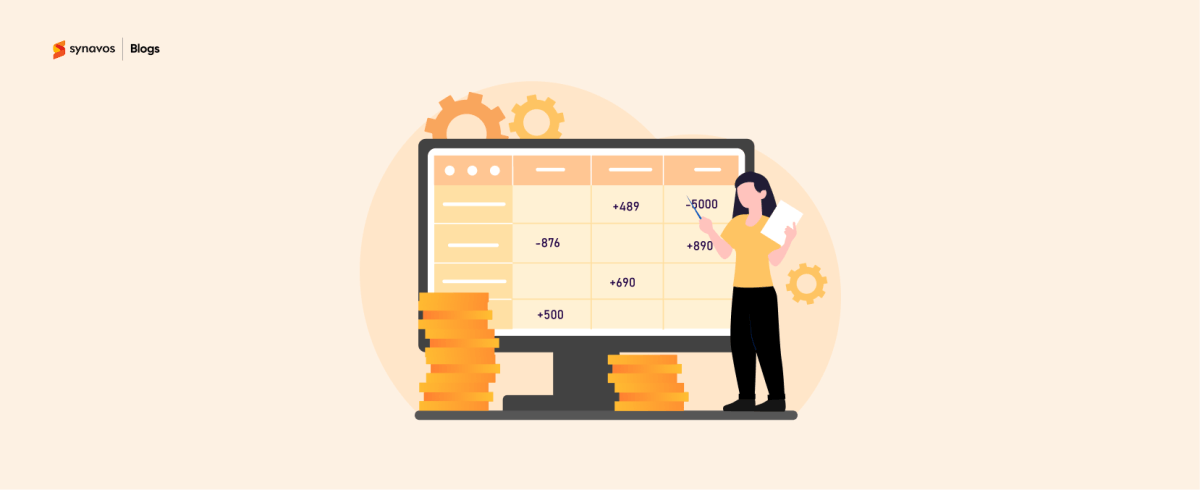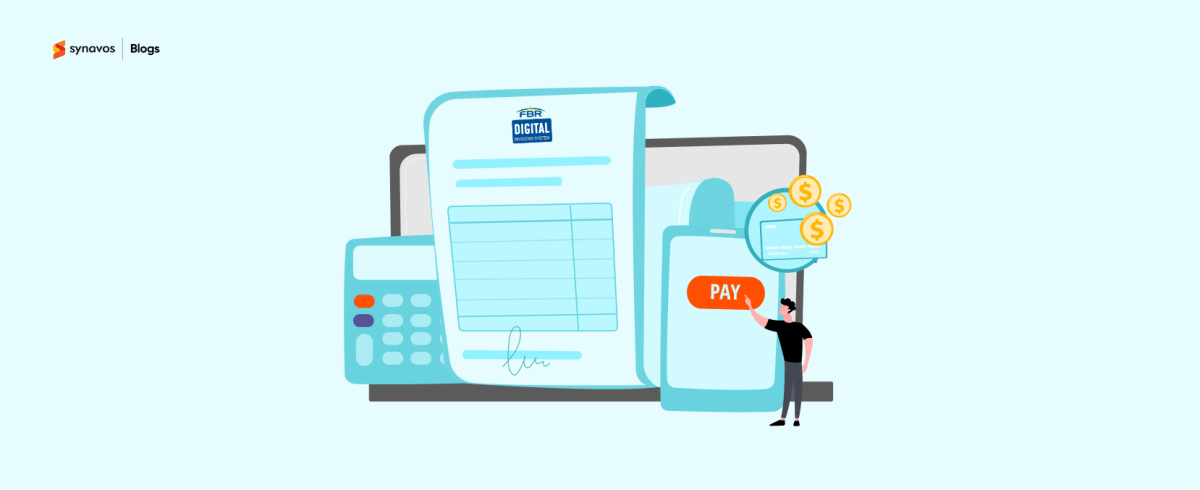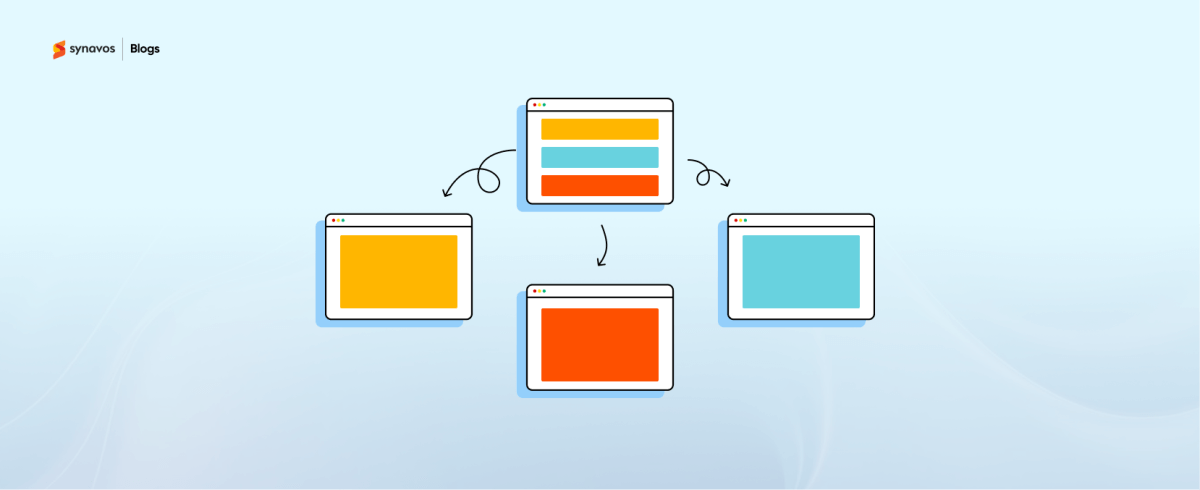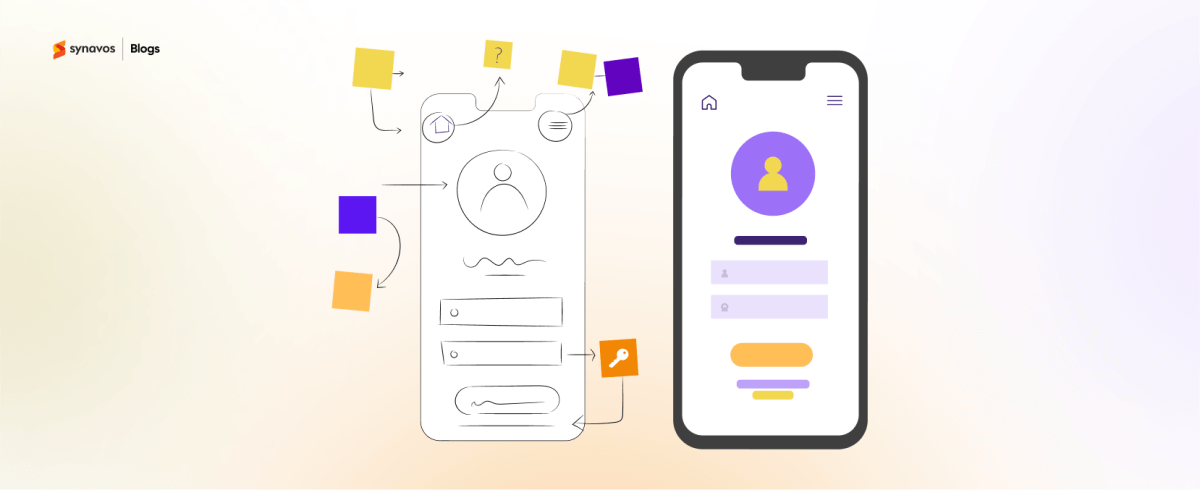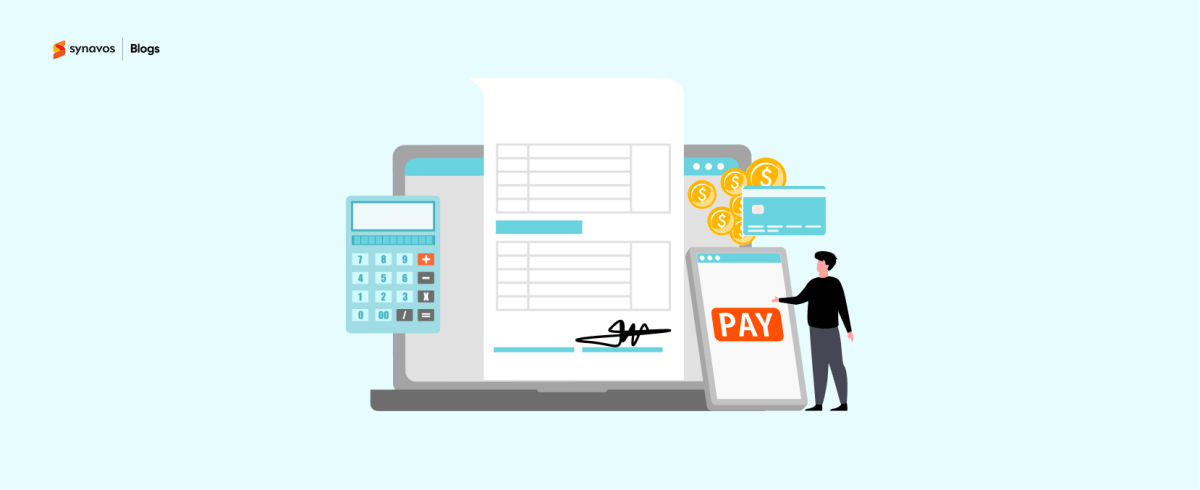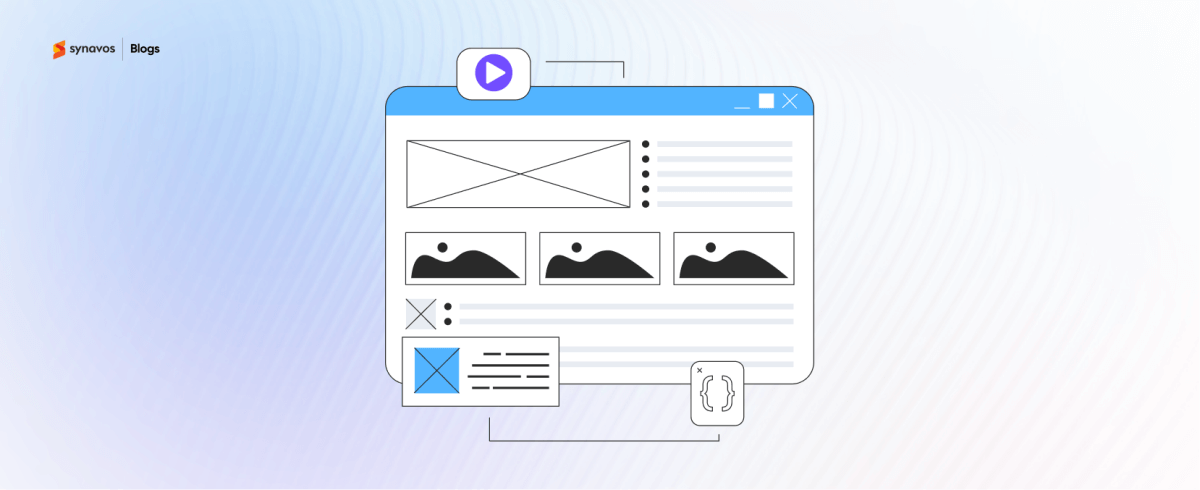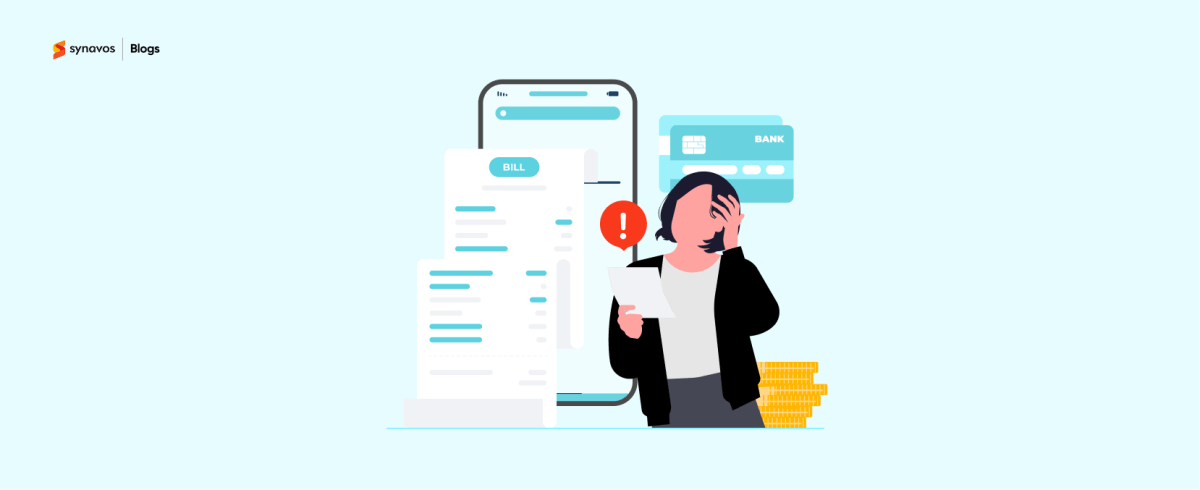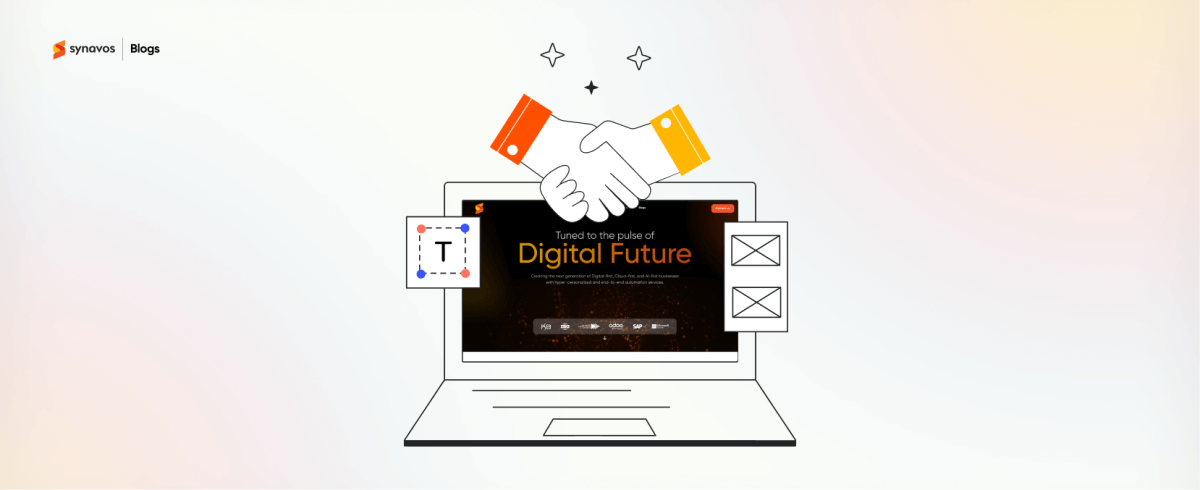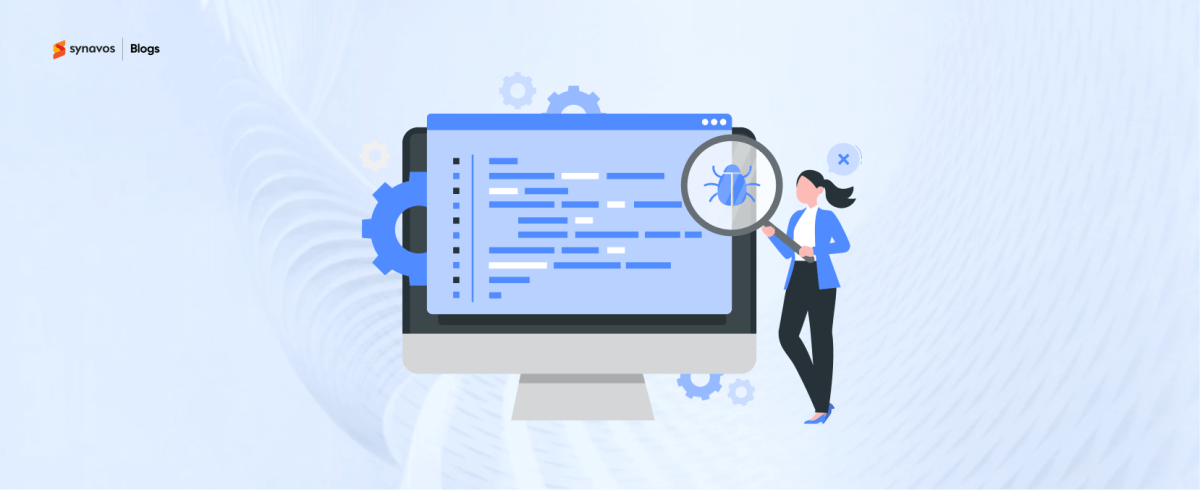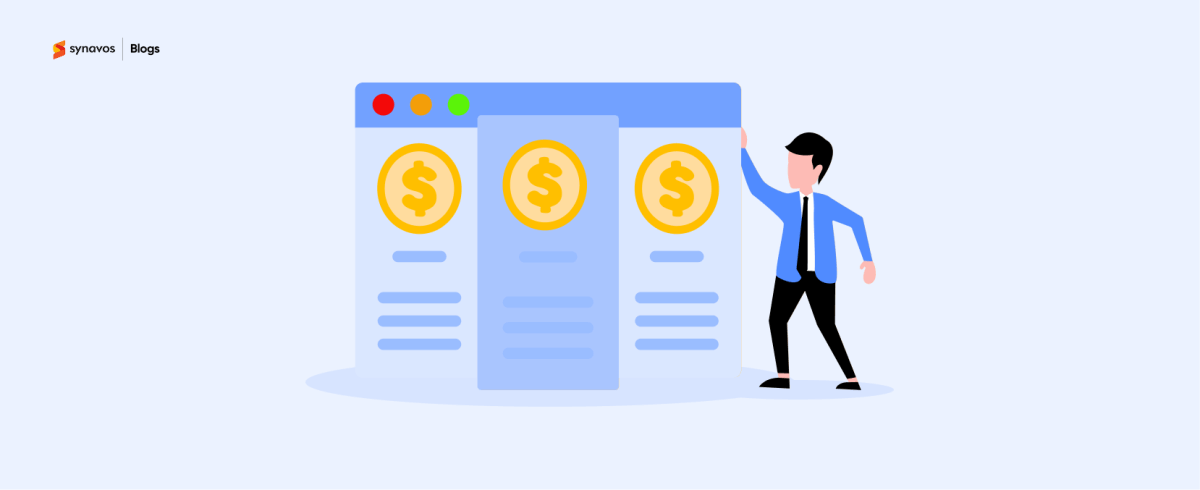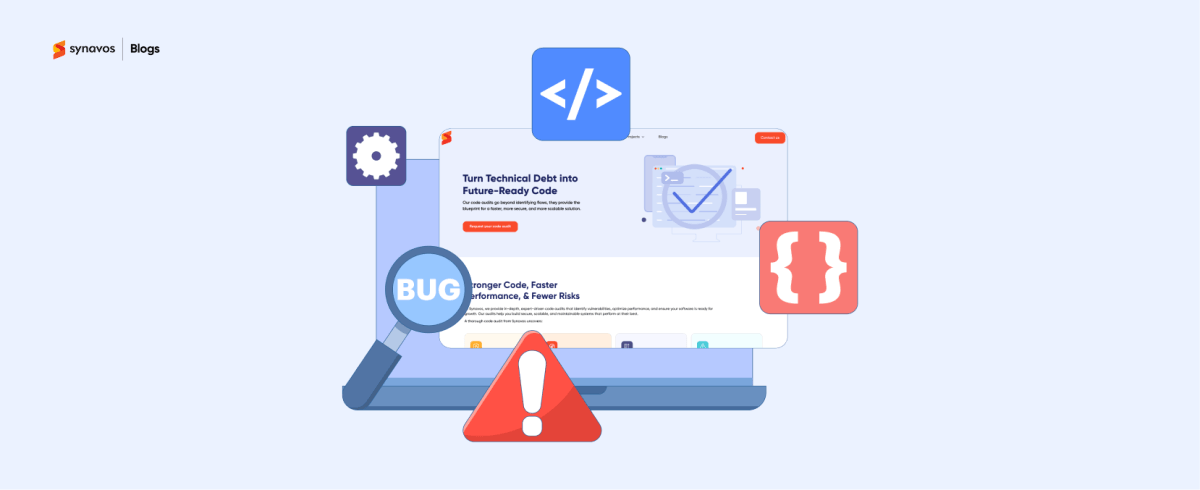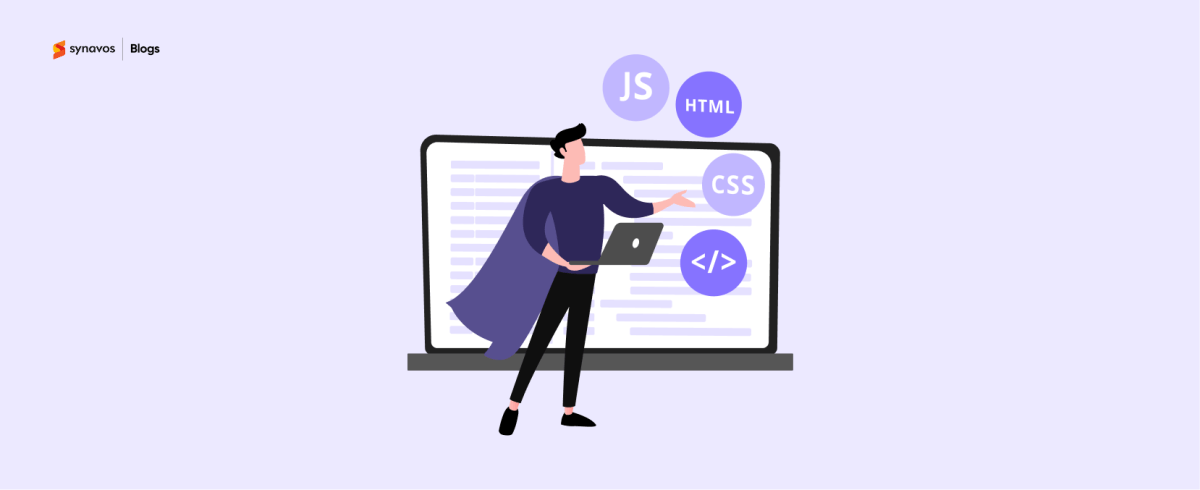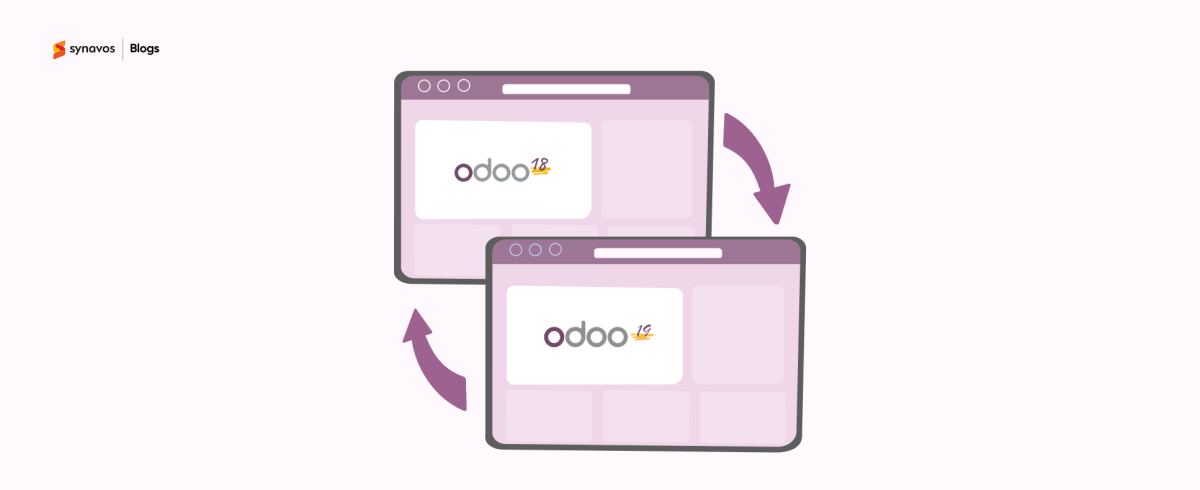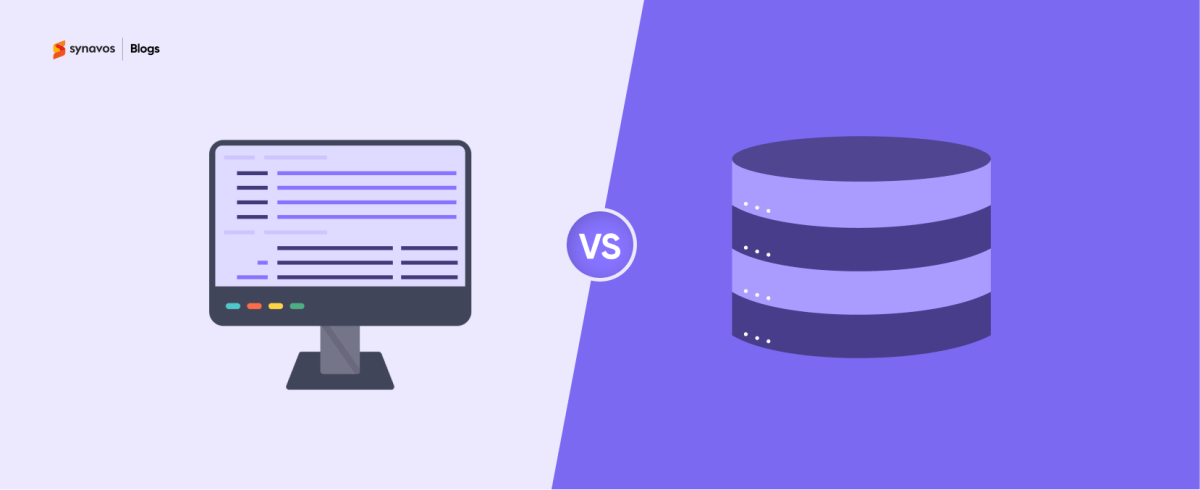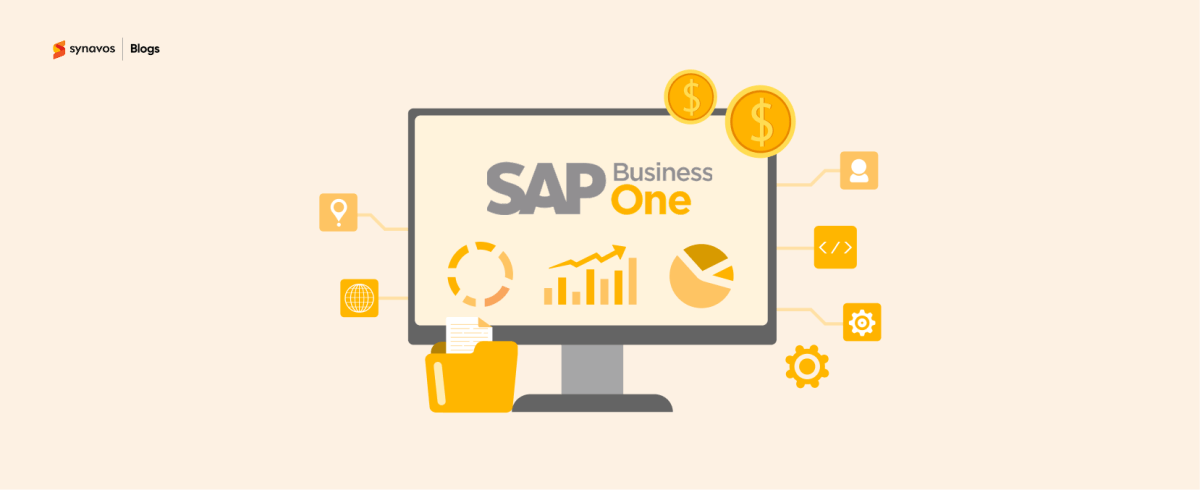A professional code audit is more than just reviewing lines of code. It’s a thorough examination that uncovers hidden bugs, security vulnerabilities, and inefficiencies that could impact your software’s performance and reliability. Whether you’re running a startup, managing enterprise software, or maintaining a critical system, regular code audits ensure your product stays robust, secure, and maintainable.
If you’re new to the concept, you can check out our detailed blog, “Code Audit Explained: Key Benefits, Process, and Best Practices,” to better understand what a code audit involves and why it’s important. In this blog, we’ll walk you through the step-by-step process of a professional code audit and show how it helps businesses build more reliable, secure, and high-performing software systems.
Step 1: Understand the Purpose and Scope
Every successful code audit begins with a clear understanding of its purpose and scope. Jumping straight into reviewing code without defining goals can lead to wasted time, missed issues, and incomplete analysis.
Start by asking key questions: What are the critical modules or features that need auditing? Are you focusing on security vulnerabilities, code quality, performance optimization, or all of these? Understanding why the audit is being conducted ensures that the process stays focused and aligned with business objectives.
Defining the scope also means setting boundaries. Determine which parts of the codebase will be included, what technologies or frameworks will be evaluated, and whether third-party libraries are part of the review. A well-defined scope prevents unnecessary work and ensures code auditors concentrate on the areas that matter most.
Step 2: Prepare the Audit Environment
A well-prepared code audit environment is crucial for accurate results. Begin by collecting all necessary documentation, including design documents, API specifications, and code repositories. Ensure you have proper access rights and permissions so the audit can proceed without interruptions.
Next, set up the tools and frameworks needed for the review. Static code analyzers, linters, version control systems, and automated testing tools can save time and catch issues that might be missed manually.
Finally, make sure the environment is clean and isolated from production systems. This prevents accidental disruptions and ensures that testing and analysis do not interfere with live operations. A carefully prepared environment lays the groundwork for an efficient and thorough audit.
Step 3: Review Code Standards and Guidelines
Code consistency is more than aesthetics; it affects maintainability, collaboration, and long-term reliability. Start by comparing the code against established coding standards and best practices.
Look for deviations such as inconsistent naming conventions, poor formatting, or redundant logic. These issues may seem minor but can complicate future development and introduce hidden risks.
A professional audit evaluates whether coding guidelines are being followed across the team and highlights areas where additional training or standardization is needed. Consistent code is easier to read, maintain, and scale.
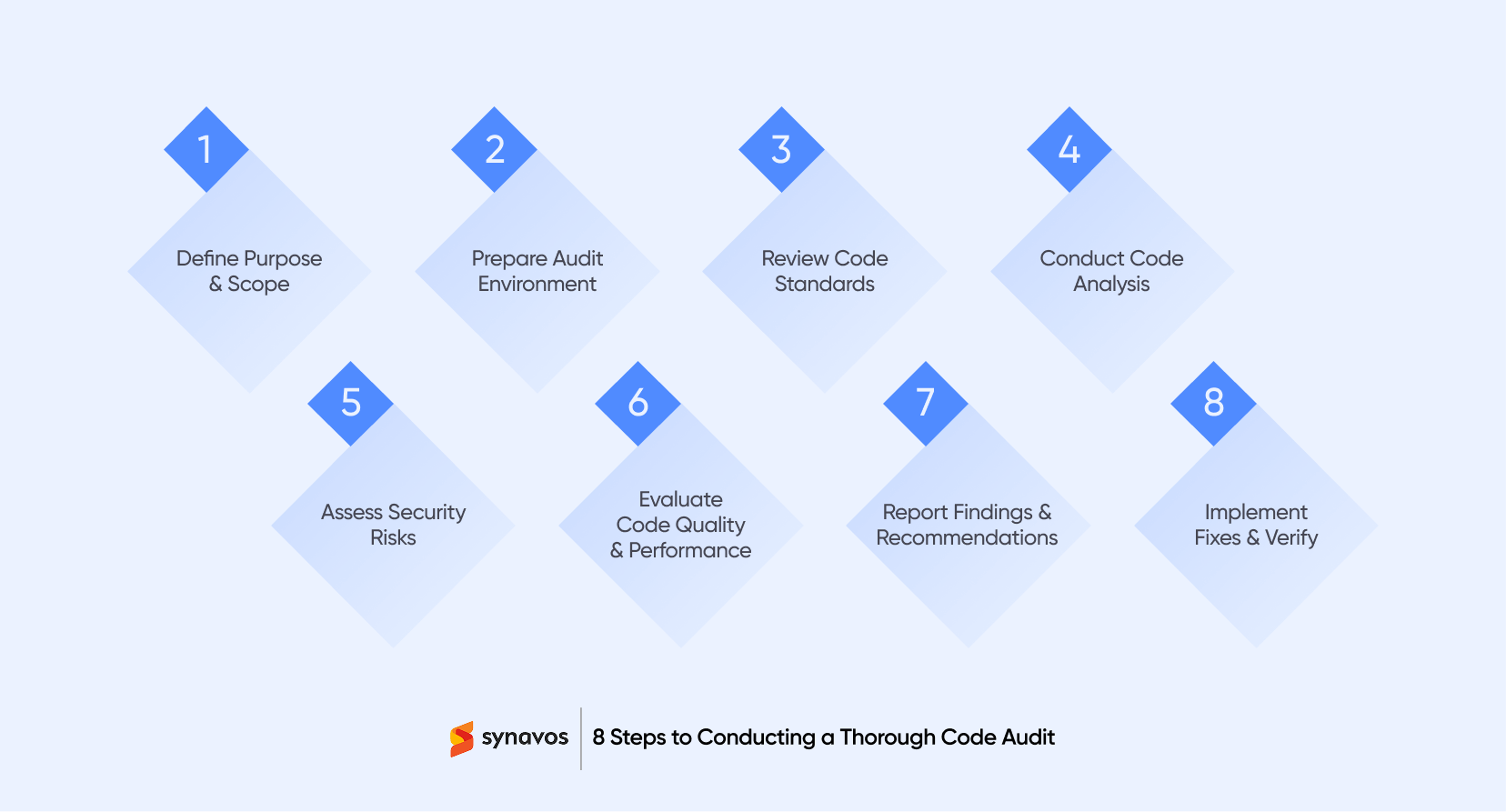
Step 4: Perform Static and Dynamic Analysis
A thorough audit involves both static and dynamic code analysis.
- Static Analysis: Review the code without executing it. This helps identify potential vulnerabilities, unused variables, syntax errors, and security risks. Static analysis tools can quickly scan large codebases to highlight issues that would be time-consuming to find manually.
- Dynamic Analysis: Execute the code in a controlled environment to detect runtime problems, memory leaks, or unexpected behavior. Testing in real-world scenarios ensures the software performs as intended under various conditions.
Combining static and dynamic analysis provides a complete view of the code’s health, which helps you uncover hidden errors and improve software reliability.
Step 5: Security and Vulnerability Assessment
Security is a critical focus of any professional code audit. Auditors examine the code for vulnerabilities such as SQL injection, cross-site scripting, insecure authentication, or data exposure.
Compliance with industry security standards and regulatory requirements is also evaluated. Identifying and addressing these vulnerabilities early prevents potential breaches, protects users, and safeguards your business reputation.
Security assessments are not just about finding issues; they also include recommendations for secure coding practices, which helps developers prevent similar problems in future releases.
Step 6: Code Quality and Performance Evaluation
High-quality code is maintainable, efficient, and scalable. During the audit, assess the modularity, readability, and complexity of the code. Poorly structured code can slow development, introduce bugs, and increase costs.
Performance evaluation identifies friction points, inefficient algorithms, or memory-intensive operations. Optimizing code ensures faster execution, better user experience, and more resource-efficient software.
A focus on quality and performance during code audits not only improves the current system but also lays a solid foundation for future enhancements.
Step 7: Report and Recommend Actions
Thorough documentation is the backbone of a professional code audit. Every issue identified should be clearly recorded with details such as severity level, affected modules, and suggested fixes.
Well-organized reports help developers understand and prioritize issues efficiently. They also provide management with actionable insights to make informed decisions about resource allocation, timelines, and risk mitigation.
Comprehensive documentation ensures the audit delivers long-term value beyond the immediate fixes to guide future development and maintenance efforts.
Step 8: Implement Fixes and Verify
Identifying issues is only part of the process; resolving them is where the real impact happens. Collaborate with developers to implement fixes according to audit recommendations.
After changes are applied, verify the code through re-testing to ensure that fixes work as intended and haven’t introduced new problems. Integration into existing systems should be done carefully to maintain stability.
This step transforms audit findings into tangible improvements, which enhances code reliability, security, and overall project success.
Wrapping Up
A professional code audit is an investment in the long-term health of your software. By systematically reviewing structure, security, performance, compliance, and testing, you ensure your code is reliable, efficient, and secure.
Regular audits help reduce technical debt, prevent costly errors, and improve maintainability, which gives your team the confidence to innovate without compromise. Making code audits a part of your development cycle safeguards your application and supports sustainable growth.
Take the Next Step With a Professional Code Audit
Synavos specializes in professional code audits, which helps businesses uncover hidden vulnerabilities, reduce technical debt, and maintain high-quality software. With years of experience under our belt, we deliver actionable insights that safeguard your applications and enhance system efficiency.
Connect with our seasoned code auditors today to secure and optimize your code!

